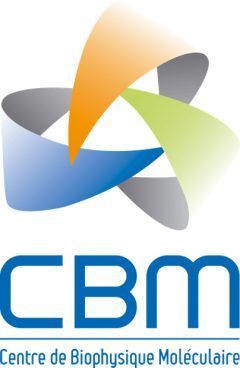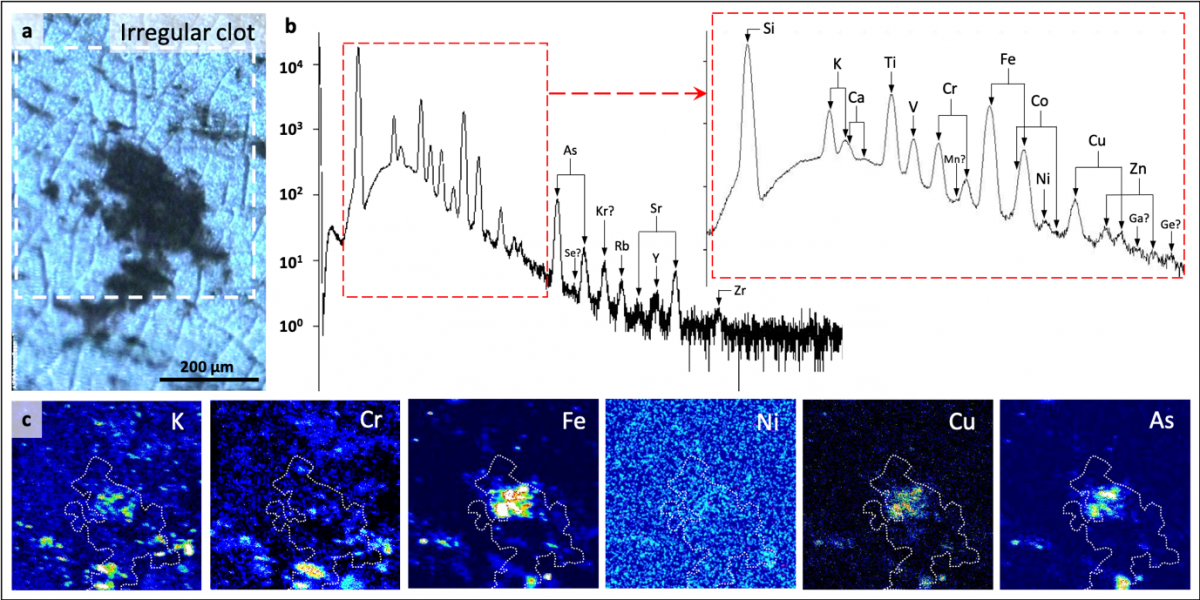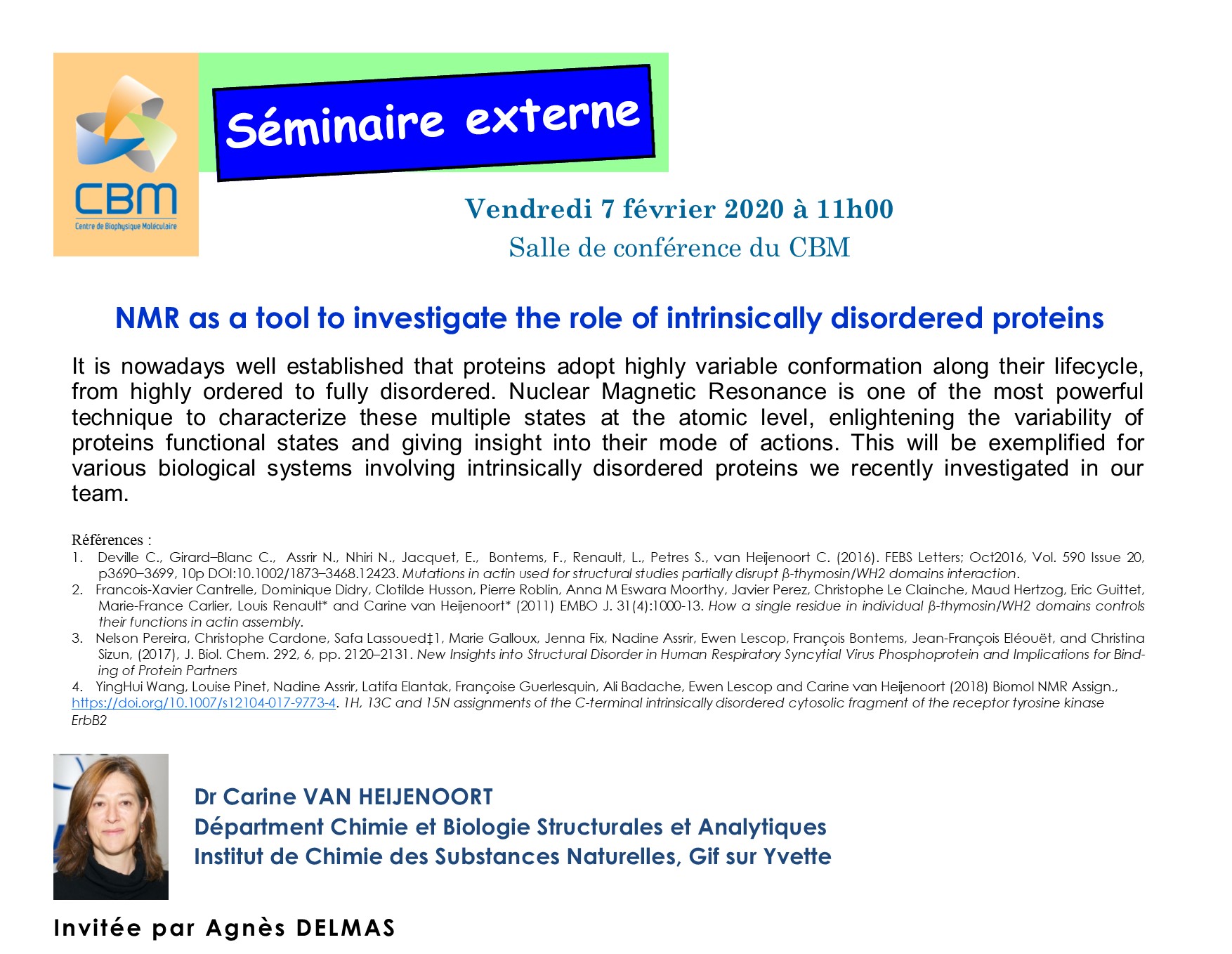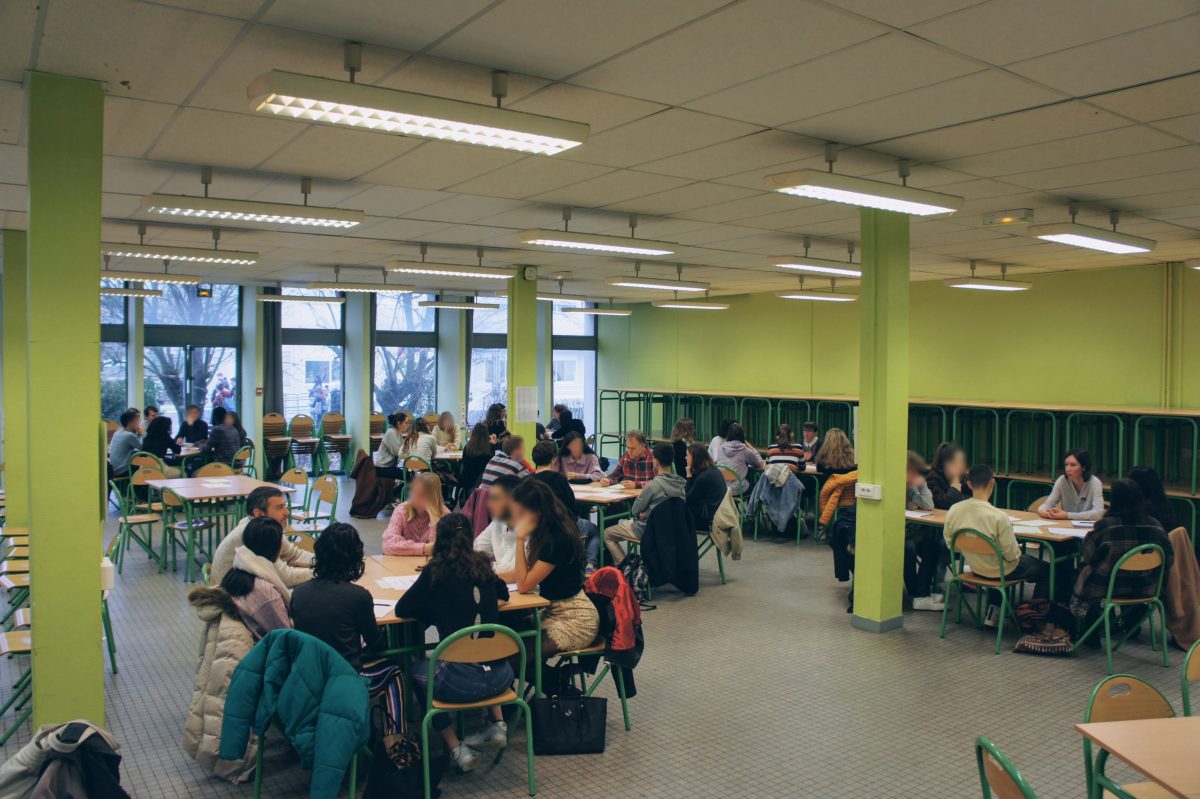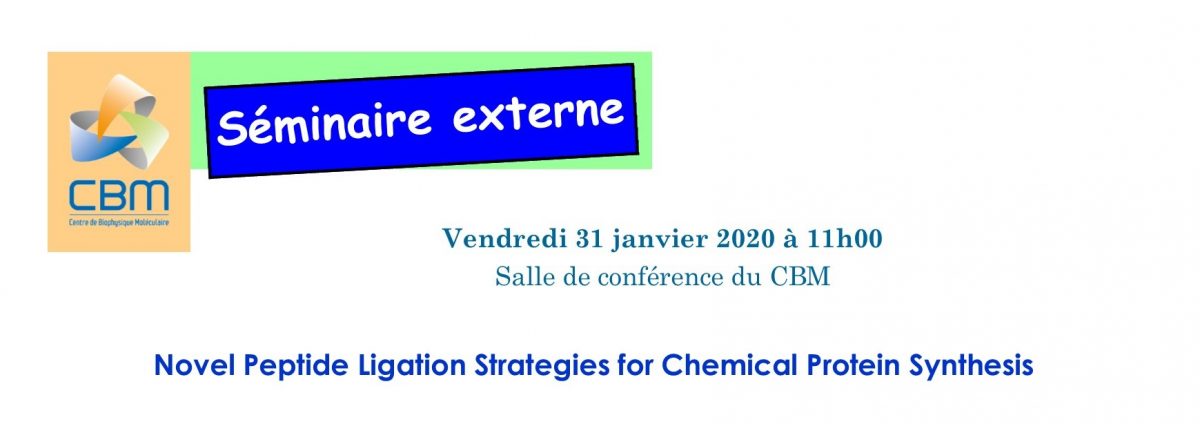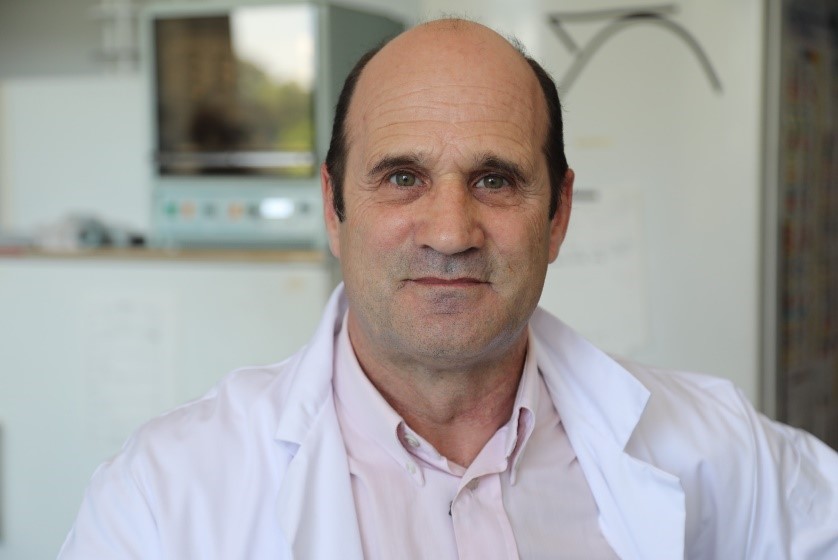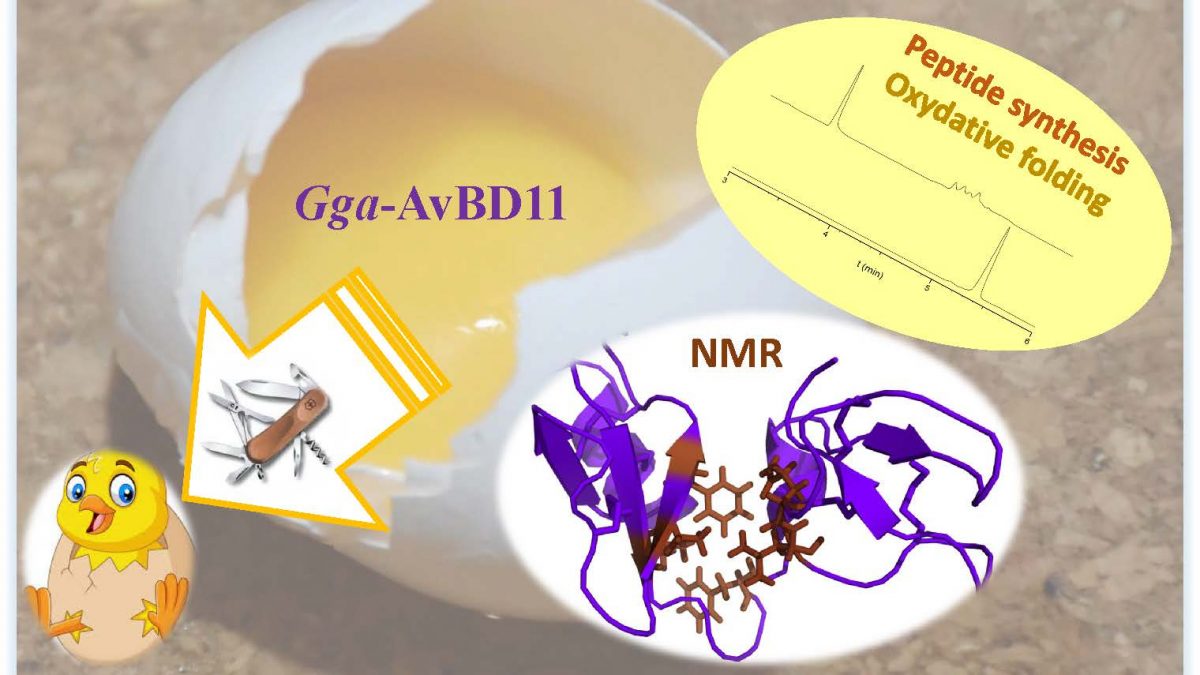We used a combination of techniques: microbeam particle-induced X-ray emission spectroscopy (PIXE), carbon isotope geochemistry and electron microscopy. This has allowed us to discover trace element signatures of life in 3.33 billion-year-old rocks from South Africa. These signatures support a long-standing hypothesis that biological dependency on trace elements results from the enrichment of these elements in the metal-rich, hydrothermally influenced habitats of early life.
We approached this challenge through the biological concept of the metallome, which refers to the entirety of the inorganic species (metal and metalloid) within a cell. Although the genome and proteome do not survive fossilisation over billions of years, it is probable that metal concentrations within carbonaceous materials could do so, and indeed we found this to be the case in numerous carbon-rich microstructures from the Josefsdal Chert.
We found that a range of elements crucial to anaerobic microbes, including Fe, V, Ni, As and Co, were enriched within carbonaceous material characterised by negative carbon isotope signatures indicating biological origins.
Palaeo-metallome compositions could be used to deduce the metabolic networks of Earth’s earliest ecosystems and, potentially, as a biosignature for the evaluation of organic materials found on Mars.
The article “Metallomics in deep time and the influence of ocean chemistry on the metabolic landscapes of Earth’s earliest ecosystems” released March 18th in Scientific Reports.
Contact: keyron.hickman-lewis@cnrs.fr; frances.westall@cnrs.fr
